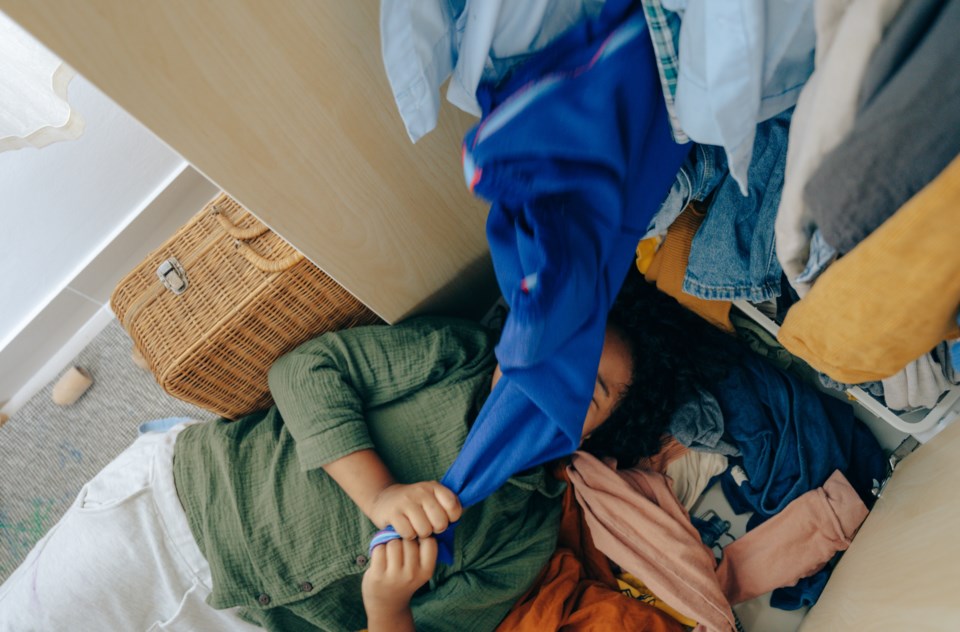This regular column on tips to live more sustainably comes from the 52 Weeks Climate Action Challenge. The challenge was created by Collingwood area residents Sherri Jackson and Laurel Hood. Jackson is a writer, speaker and musician. She is the candidate of record and communications coordinator for the Simcoe-Grey Greens. Hood, is a retired secondary teacher, transportation lead for the Collingwood Climate Action Team, and volunteer coordinator for the Simcoe-Grey Greens.
*************************
Before we get on to this week’s challenge, thank you to all the folks who wrote to express their interest in fossil-fuel free investing. If you want to take action, take a look at Shift Action for Pension Wealth and Planet Health. If you are a teacher and you want your pension to be more earth-friendly, sign this open letter. There’s also an open letter to ask for CPP to be more sustainable too. Thanks to Patrick DeRochie for sending this information!
Now, on to Challenge 28!
Every few months I get really tired of the accumulated stuff that seems to build up when I’m not looking. I made the mistake of reading Marie Kondo’s book on tidying, and not only am I still living with clutter, but now I am dissatisfied by the number of things that don’t “spark joy” in my home. I’m not exactly sure how a drawerful of mismatched cutlery is supposed to spark joy, but, regardless, it remains.
Have you ever stopped to really look around your house? Every single thing you own had to be manufactured somewhere. And shipped. And shipped again. Then, you brought it home (more shipping). The massive environmental cost of all our purchasing is something worth recognizing. When you buy something, you’re not only paying with dollars. You’re paying with carbon footprint. Remember way back in May when we talked about the North app? Remember that Laurel’s new shirt was her biggest carbon cost that month? The manufacturing and shipping cost to our environment is monumental. With a global economy, a lot of our things come from thousands of miles away. You can mitigate some of this impact by shopping local, and finding items that are Canadian-made. Of course you already know that higher quality items are a better buy, because they last longer. If you have to buy three t-shirts to match the lifespan of one quality shirt, that’s not a deal.
Beyond the actual item, there’s the packaging that comes along with it. That stuff (often styrofoam, plastic and twist ties) was also manufactured and shipped, and is more than likely going straight to your landfill.
So, it’s time to talk about how much stuff we have, and how we can buy more responsibly, and purge without adding to our footprint.
Challenge 28: Get familiar with buy-and-sell sites
Get familiar with sites that sell, or give away new and used items. Freecycle.org, facebook marketplace, Kijji.There are tons of Facebook groups that are local and make it easy to exchange goods.
I am a big fan of these sites because I can very easily post photos of stuff I don’t want, and some wonderful person will see it, think it’s terrific, and offer me cash for taking it away. Amazing!
Anything from soup to nuts is listed on these sites. There are also thrift stores, and consignment stores, where you can find a plethora of items that are in great shape, and are just as good as something brand new. Many of them use the profits to help local charities, so you are also helping those in need.
In a normal year (not you, 2020), there are seasonal sales, like the Mother of all Yard Sales, the Mom 2 Mom sales, and Clothing Exchanges, hosted by forward-thinking locals. Great ways to get rid of things you don’t want, and find new things that you do.
So before you head to big box stores, check out your other options. You will save money buying something that’s good as new, you’ll avoid wasteful packaging, and you’ll feel good about doing something nice for the planet.

